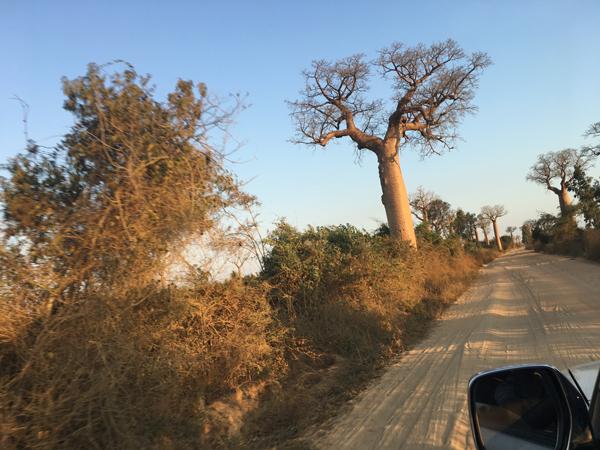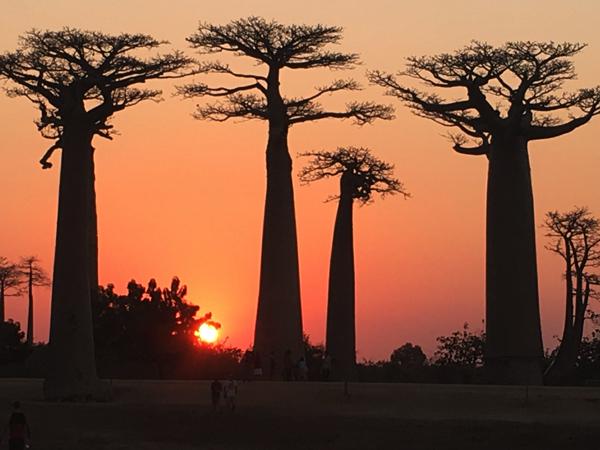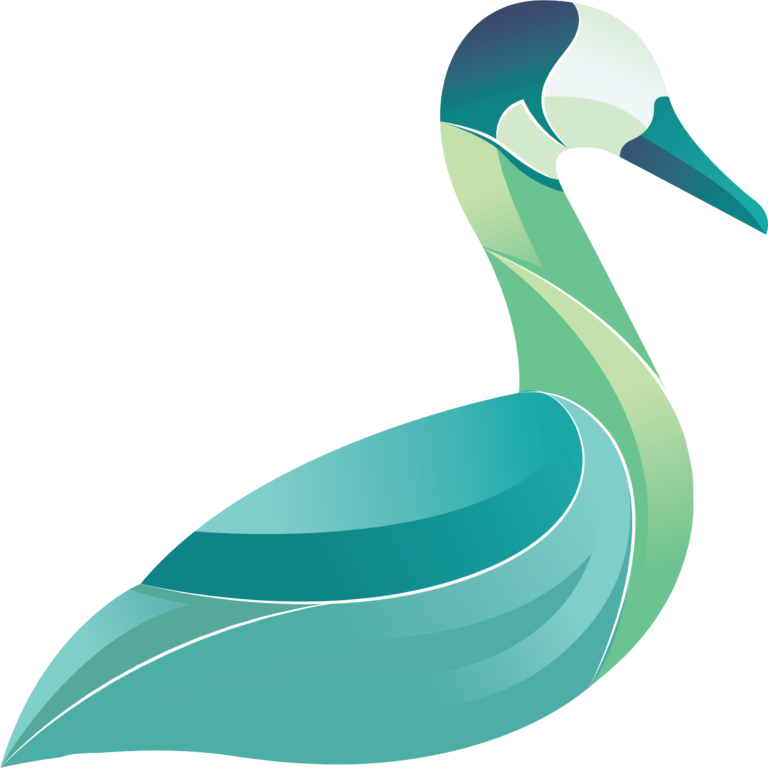QUEENS OF THE MALAGASY FOREST
Of the 8 species of baobabs existing in the world, 6 are found only in Madagascar. How not to dream to know more about these endemic species of the Red Island? These plants represent an emblem and a pride for Madagascar. Everything you need to know about baobabs can be found on this article of Madagascar Discoveries. Be careful, you may want to visit them…
All about baobabs

The name baobab comes from the Arabic word “bu hibab” or fruit with many seeds. Imposing, the baobab can reach up to 30m in height and 12m in diameter, weighs between 300 and 500 tons and is 80% water. By being scattered throughout its body, the cambium allows the baobab self-replenishment, self-healing and adaptation. Baobabs have a lifespan of up to 2000 years!
Its scientific name, Adansonia, is a tribute to the Frenchman Michel Adanson, the first naturalist to describe the African species. Myths related to baobabs According to the legend, God replanted the baobab upside down to punish it for its pride. Sacred, the baobab has become a place of worship for the Malagasy who believe that it contains ancestral spirits. By stopping in front of the baobab in love, couples would be blessed and lucky. (Be careful not to damage the bark of this tree to carve words.)
The name “reniala” or queen of the forest was given to the baobab by the Malagasy to signify its importance. The baobab is used in the daily life of the Malagasy population. Rich in vitamin C and calcium, its pulp called “monkey bread” is used as a drink. Being a source of many vitamins and minerals, its leaves have medicinal virtues. Try also the baobab powder or oil for cosmetic virtues.
Some destinations to see the baobabs
Going to the North of the island, you’ll find the two most threatened species, Adansonia perrieri and Adansonia suarezensis.
Discover the Adansonia digitata in the northwest with the big baobab in the middle of the city of Majunga, renamed “Bouye Be”. In the same region is the species of the smallest baobabs, the Adansonia rubrostipa. At 20km from the city of Morondava, South-West, is the famous Alley of Baobabs. Internationally renowned, photogenic, it is a grouping of Adansonia grandidieri.

By connecting Tulear, you’ll have the chance to see many baobabs, including “Tsitakakoike” with 27.3m of circumference and “Tsitakakantsa”, 28.8 m and the largest baobab of Madagascar. Discover “Lavatanana” or “Long Arms”, which erects its branches towards the earth instead of pointing them towards the sky. Finally, you can visit Tsimanampetsotsa National Park, home to the oldest known baobab on the island: “Grand-Mère”, 1,600 years old.
Moreover, the Mahafaly tribes use the trunk of the baobab to store water, and its fiber to make cloth and ropes. The baobab trees, scattered all over the island, 6 species of baobab trees are listed only in Madagascar. Unique, majestic, each of these species are threatened with extinction.






